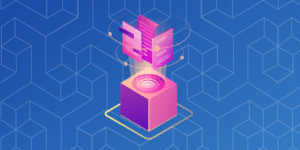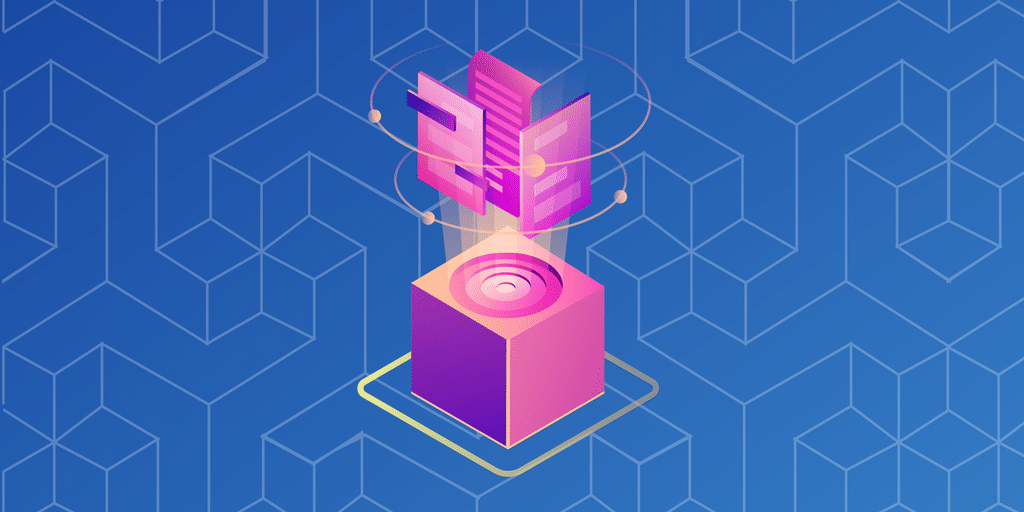Advice
- Ethereum, the second largest cryptocurrency by market capitalization, you are planning a major network upgrade.
- The Ethereum update 2.0 aims to address network scalability and security.
- In the first stage of the update, scheduled for 2020, Ethereum will move to a proof-of-stake consensus mechanism.
It's been a long road, pero Ethereum 2.0 in conclusion it is close to being a reality. The major update aims to address network scalability and security through a series of changes to its infrastructure., in particular the move from a proof-of-work consensus mechanism to a proof-of-stake model.
What is Ethereum 2.0?
Ethereum 2.0, also known as Eth2 or “Serenity”, It is an update of the blockchain Ethereum. Your goal is to improve speed, the efficiency and scalability of the Ethereum network so you can process more transactions and alleviate bottlenecks.
How is Ethereum different 2.0 del Ethereum original?
While Ethereum 1.0 uses a consensus mechanism known as proof of work (PoW), Ethereum 2.0 will use a mechanism of proof of stake (PoS).
How is proof of stake different from proof of work?
Con blockchains como Ethereum, it is necessary to validate transactions in a decentralized way. Ethereum, in the same way as other cryptos, today it uses a consensus mechanism known as proof of work (PoW).
In this system, miners use the processing power of computer hardware to solve complex math puzzles and verify new transactions. The first miner to solve a puzzle adds a new transaction to the record of all transactions that make up the blockchain. They are later rewarded ??con tokens. Despite this, this procedure can consume a lot of energy.
Proof of Stake (PoS) differs in that, instead of miners, transaction validators deposit crypto in exchange for the right to verify a transaction. These validators are selected to propose a lock based on the amount of cryptos they own and how long they have kept them locked up..
Other validators can attest that they have viewed a crash. When there are enough crowds, a block can be added to the blockchain. Subsequently, validators are rewarded ??for the successful block initiative. This procedure is known as “forging” O “coinage”.
The main advantage of PoS is that it is much more energy efficient than PoW, since it disassociates high-energy computing processing from the consensus algorithm. It also means that not much computing power is needed to secure the blockchain..
How can Ethereum 2.0 scale better than Ethereum 1.0?
One of the main reasons for the upgrade to Ethereum 2.0 is scalability. Con Ethereum 1.0, the network can only support about 30 transactions per second; This causes delays and congestion. Ethereum 2.0 promises until 100,000 transactions per second. This increase will be achieved through fragmentation o “fragmentation” of the chain.
Did you know
The current Ethereum setup has a blockchain consisting of a single chain with consecutive blocks. This is safe, but very slow and not very efficient. With the introduction of chain fragmentation, this blockchain splits, which enables transactions to be handled in parallel chains rather than consecutive. This speeds up the network and can scale more easily.
How will this new update be more secure?
Ethereum 2.0 has been designed with safety in mind. Most PoS networks have a small set of validators, which makes the system more centralized and reduces network security. Ethereum 2.0 you need a minimum of 16,384 validators, which makes it much more decentralized and, because, safe.
Despite this, according Lior Yaffe, co-founder of Jelurida and main developer of blockchains Fire and Nxt, there is a potential vulnerability that focuses on the level of participation rates in the network.
Institutions such as the blockchain security company are conducting security audits of the Ethereum code 2.0 Minimal authority.
The Ethereum Foundation is creating a security team dedicated to Ethereum 2.0 to investigate potential cybersecurity issues in cryptocurrency. in a PíoThe Ethereum Researcher 2.0 Justin Drake stated that the investigation will include “fuzzing, bounty hunt, location service, cryptoeconomic modeled, cryptanalysis applied, formal verification”.
La Fundación Ethereum está creando un equipo de seguridad interno dedicado a Eth2.
Fuzzing, bounty hunt, pager service, cryptoeconomic modeled, cryptanalysis applied, formal verification, whatever is ?
Send talent our way ? [email protected]
– Justin Ðrake (@drakefjustin) 1 August 2020
How will the Ethereum upgrade take place 2.0?
After a series of launches from the testnets, Topaz, Medal and Spadina, the full launch of Ethereum 2.0 it will be carried out in three phases: Stage 0, 1 and 2 (developers like to count from scratch). The phase 0 aims at the premiere date of 2020, and the other phases will take place in the following years.
In the “Stage 0” the Lighthouse Chain is implemented, that stores and manages the validator record, as well as the deployment of the Proof of Stake consensus mechanism (PoS) para Ethereum 2.0. Ethereum's original PoW chain will work alongside the PoS implementation so data continuity is not disrupted.
On stage 1, Planned for 2021, staking chains will be integrated. The network is expected to launch with 64 fragments (what enables 64 times more performance than Ethereum 1.0), even though at launch they will not support accounts or smart contracts.
On stage 1.5, an interim update scheduled to 2021, Ethereum mainnet will officially become a part of the blockchain and pass the proof of stake.
The phase 2, scheduled for release in 2021/22, you will see snippets become fully functional and smart contract compliant. It also involves adding Ether accounts and allowing transfers and withdrawals., implement cross-fragment transfers and calls to contracts. Build runtime environments for scalable applications that focus on Ethereum 2.0.
The future of Ethereum
Ethereum 2.0 is on track to launch in November 2020, according to a project developer, but what does the future hold for such an ambitious project?
Esta es mi visión aproximada de cómo serían los próximos ~ 5-10 años de eth2 y más allá.
The roadmap below reflects my own views, others (including future versions of me) may have different perspectives! The details, in any case, may change as we discover new information or new technology. pic.twitter.com/wynMVC04Ag
– vitalik.eth (@VitalikButerin) 18 March 2020
The co-founder of Ethereum, Vitalik Buterin, has presented a roadmap of how the next five to ten years could turn out for Ethereum 2.0. He says that in the last two years there has been a “solid change of blue sky research”, trying to understand what is feasible, to concrete research and development, trying to take full advantage of specific primitives that we know are implementable and put them into practice. “.
He mentioned that most of the challenges now “increasingly focus on development, and the development part will continue to grow over time”.
In june 2020, Buterin noted that Ethereum 2.0 will have to rely on current scaling methods, like ZK cumulative packages, for at least two years before implementing chain fragmentation.









